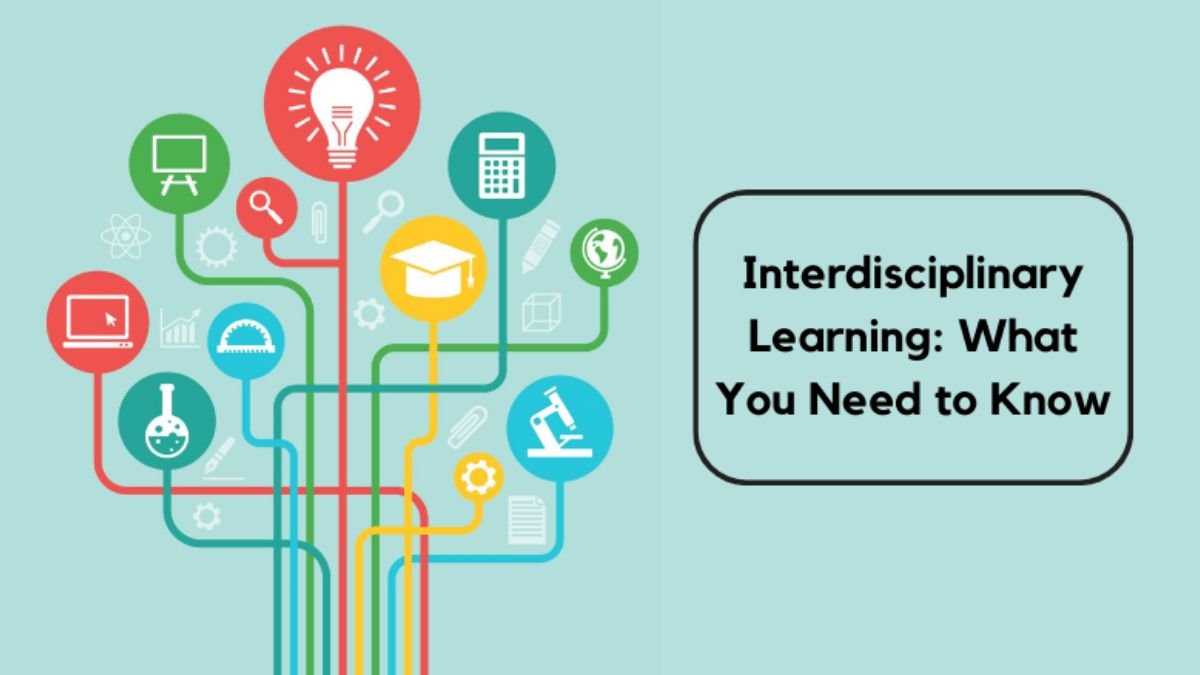The world of science is not limited to laboratories only. The real significance comes when a discovery, research or technology developed in the laboratory reaches the daily life of the society and solves the problems of the people. This process is called the journey from “labs to life”.
The topic being discussed today is interdisciplinary discoveries, that is, discoveries that do not arise from only one subject or branch, but from the combination of many fields. These researches become more powerful when they have practical (real-world) use.
What are interdisciplinary discoveries?
Interdisciplinary discoveries are those in which different branches of science come together to find a solution to a problem.
For example, if a doctor and an engineer together create an artificial heart pump, then it is a confluence of medicine and engineering.
Similarly, when computer science and biology come together, we get revolutionary discoveries like genome sequencing.
Journey from laboratory to real life
No discovery is ready for direct use in society. It has to go through several stages –
- Basic Research: Testing scientific principles at the initial stage.
- Testing: Repeated experiments and data collection in the laboratory.
- Prototype: Preparation of real model or sample.
- Commercial Application: Its practical use in society.
Interdisciplinary discoveries in the health sector
Interdisciplinary discoveries have brought the biggest change in health services.
- MRI machine: A confluence of physics and medicine.
- Robotic surgery: A combination of computer science, engineering and medical science.
- Cancer drug discovery: Joint efforts of biology and chemistry.
These discoveries have not only prolonged life but also increased the possibility of living a quality life.
Contribution in environmental protection
Today the whole world is facing the climate crisis. Interdisciplinary research has contributed significantly to this.
Solar panel technology: A combination of physics, chemistry and engineering.
Water purification technology: A combination of biology and nanotechnology.
Smart agriculture system: A combination of IT and agricultural science, which enables farmers to produce more with less resources.
Education and technological innovation
Interdisciplinary research has revolutionized both education and technology.
- Online learning platforms (such as Coursera, Byju’s): A mix of education, IT and psychology.
- Virtual reality-based education: Giving students lab experiences in a virtual world.
- AI-based tutoring: A combination of education and artificial intelligence.
Impact of interdisciplinary discoveries in daily life
Such discoveries constantly affect us in our daily lives.
- Smartphones: A combination of electronics, computer science and design.
- Google Maps: A combination of geography, satellite technology and computer science.
- Fitness bands and smartwatches: A combination of health science and IT.
Space Research and Defence
Space and defence technologies have always been built on interdisciplinary discoveries.
- ISRO’s Mangalyaan Project: An excellent example of mathematics, physics, engineering and computer science.
- Drone technology: Useful in every field from military to agriculture.
- Satellite communication: Helpful in education, weather forecasting and navigation.
Social and economic impact
The impact of these discoveries is not limited to science but also affects society and economy.
- Employment opportunities: New discoveries create new industries and jobs.
- Affordable services: When technology reaches the masses, services become affordable and accessible.
- Improved quality of life: The combination of health, education and technology improves the lives of people.
Challenges and limitations
Although interdisciplinary discoveries are very beneficial, they also face challenges –
- High cost: Huge expenditure in research and development.
- Ethical questions: such as the risk of misuse of genetic engineering or artificial intelligence.
- Lack of coordination: It is not easy to bring together experts from different disciplines.
Future Directions
Interdisciplinary research will be even more important in the future.
- Combination of artificial intelligence and healthcare.
- Renewable energy solutions to combat climate change.
- Gene editing technology to make human life longer and healthier.
Conclusion
The concept of “From Labs to Life” shows that the real purpose of science is not to remain only in laboratories, but it should be used in real life for the betterment of society and humanity. Interdisciplinary research serves this purpose because they combine knowledge from different fields to create technologies and solutions that make our lives easier, safer and better.
